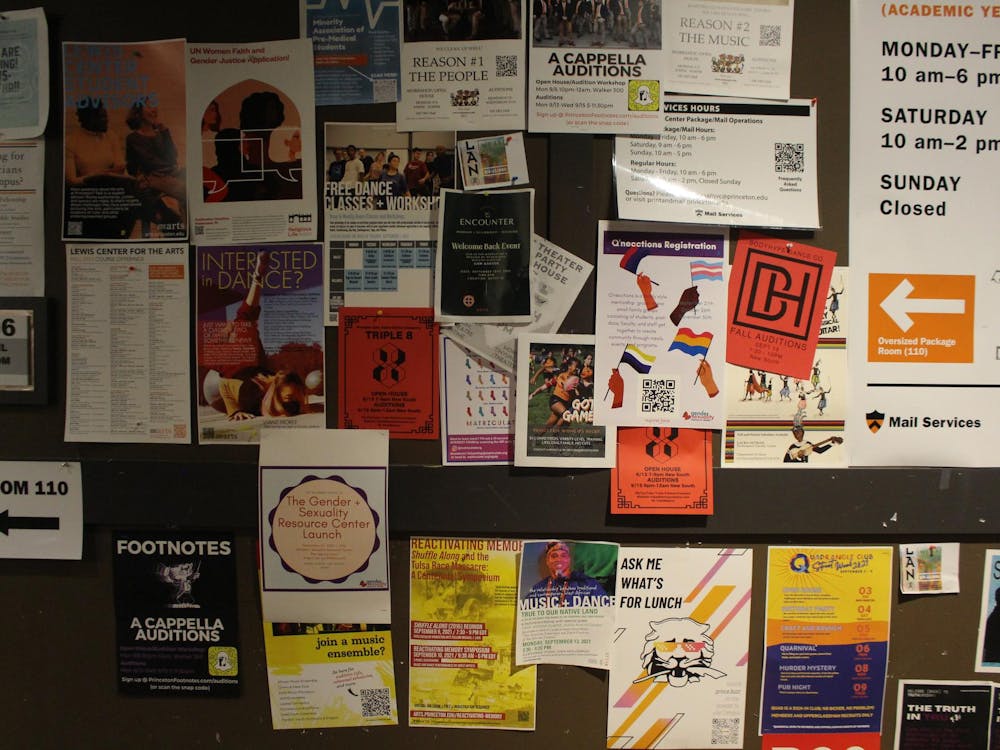In reducing unnecessary printing, one possible policy change is to set a quota of pages that each student could print (such as OIT’s proposed 3,000 pages), while allowing a student to apply for an extension should he or she require more printing.
Such a system would have the benefit of saving more pages than the voluntary status quo, since, if nothing else, those who print a great deal would need to go through the inconvenience of requesting more pages. That said, this model is also significantly limited, since it does not encourage conservation by those who fall under the quota and would require administrators to spend time and energy reviewing many print applications each term.
With this in mind, a more promising option is to make students pay for each page printed. This model, embraced by most of America’s other top schools, would create an incentive for each and every student to print carefully, regardless of how many pages that individual prints in the term. By attaching real costs to printing, even if only one cent per page, Princeton would create a powerful psychological barrier to promiscuous printing. Additionally, by coupling such a plan with a reduction in the housing fees currently used to pay for printing, the University could allay concerns that such a plan might put students at an economic disadvantage. Average printing costs would also be factored into students’ total estimated expenses when calculating financial aid awards.
In implementing such a system, the simplest possibility would be to link printing stations directly to student accounts, billing printing charges on a monthly basis. Alternatively, Princeton could extend the system currently used for photocopying to printing: Students would deposit funds into their PAW Points accounts, and funds would be deducted with each page printed. As yet another possibility, Princeton could issue printing cards to each student and require individuals to put money on them before printing. Either of these declining-balance systems would combine economic incentives with time-cost incentives, as many students would conserve in order to avoid the hassle of putting additional money on their cards.
To be clear, it is important that educational concerns come first regarding the student body’s ability to print pages for class. But attaching real costs to printing will minimally affect the majority of students: The effects will fall predominantly on those who print disproportionately. Regardless of what model is adopted, however, pay-per-page represents an excellent way to transform our printing policy from paper tiger to persuasive deterrent.







